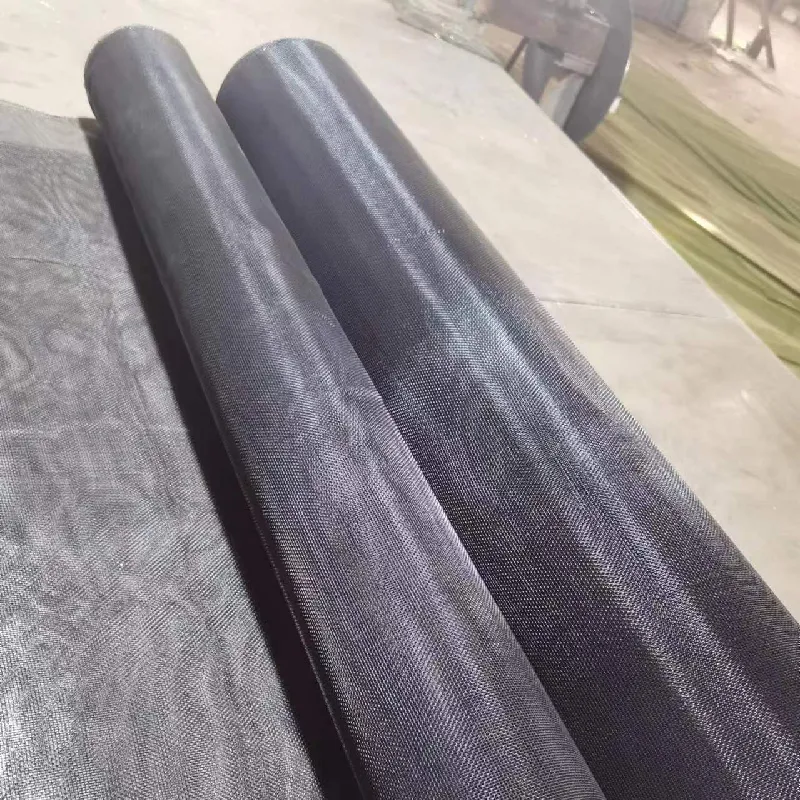Effective Strategies for Using Netting to Prevent Birds from Interfering with Your Garden
Netting to Keep Birds Out A Practical Guide
Birds are a delightful sight in nature, bringing a sense of peace and vitality to our surroundings. However, they can also become a nuisance, especially when they invade gardens, rooftops, and agricultural fields. To safeguard our crops, plants, and even structures from these feathered intruders, netting has emerged as an effective and humane solution. This article explores the use of netting to keep birds out, highlighting its benefits, types, and installation tips.
Understanding the Need for Bird Control
Uncontrolled bird populations can lead to significant damage to gardens and crops. Birds like pigeons, crows, and sparrows can strip fruit trees of their bounty, dismantle carefully nurtured flowers, and even cause structural damage to buildings. Furthermore, their droppings can pose health risks, leading to the spread of bacteria and diseases. Therefore, protecting one’s property from these potential threats becomes essential.
The Benefits of Using Netting
Netting is a versatile tool that provides several advantages. Firstly, it offers physical barriers against birds without resorting to harmful chemicals or traps. This method is environmentally friendly, ensuring that the bird populations remain intact while protecting your property. Additionally, bird netting is cost-effective and can be reused multiple seasons, making it a sustainable option.
Secondly, netting allows for the growth and harvesting of crops without the stress of bird damage. This means farmers and gardeners can enjoy a bountiful yield without sharing it with local wildlife. Furthermore, netting does not impede light or air circulation, allowing plants to thrive beneath its protective layer.
Types of Bird Netting
When selecting bird netting, it is essential to consider the type that best suits your needs. Available in various materials—such as nylon, polyethylene, and polypropylene—bird netting comes in different mesh sizes and thicknesses. Fine mesh netting is ideal for smaller birds, while larger mesh can be used for bigger species.
Additionally, netting can be categorized by its purpose
net to keep birds out

1. Garden Netting Lighter and easier to handle, this type is perfect for use in gardens to protect fruits and vegetables from birds. 2. Agricultural Netting Heavier and more durable, this netting is designed for large agricultural fields, providing long-term protection against bird invasions. 3. Bird Control Netting for Structures This netting is specifically designed for roofs and other structures to prevent nesting and roosting.
Installation Tips
Installing bird netting can be a straightforward process if done correctly. Here are some tips for effective installation
1. Planning Assess the area you wish to protect and measure the dimensions accurately. Ensure you have the right size and type of netting for the area.
2. Support Structure Use a frame or stakes to support the netting. This will prevent birds from getting trapped and ensure that the netting remains taut.
3. Securing the Edges Make sure the edges of the netting are secured to the ground, preventing birds from sneaking underneath. You can use soil, rocks, or stakes to anchor the netting.
4. Regular Maintenance Check the netting periodically for damage or wear and tear. Repair any holes promptly to maintain its effectiveness.
Conclusion
Using netting to keep birds out is an effective, humane, and environmentally friendly solution for protecting gardens and crops. By understanding the benefits, types, and proper installation methods of bird netting, you can ensure a harmonious coexistence with nature while safeguarding your property. Embrace this practical approach, and enjoy the beauty of the outdoors without the worry of avian destruction.
-
The Versatility of Stainless Steel Wire MeshNewsNov.01,2024
-
The Role and Types of Sun Shade SolutionsNewsNov.01,2024
-
Safeguard Your Space with Effective Bird Protection SolutionsNewsNov.01,2024
-
Protect Your Garden with Innovative Insect-Proof SolutionsNewsNov.01,2024
-
Innovative Solutions for Construction NeedsNewsNov.01,2024
-
Effective Bird Control Solutions for Every NeedNewsNov.01,2024












